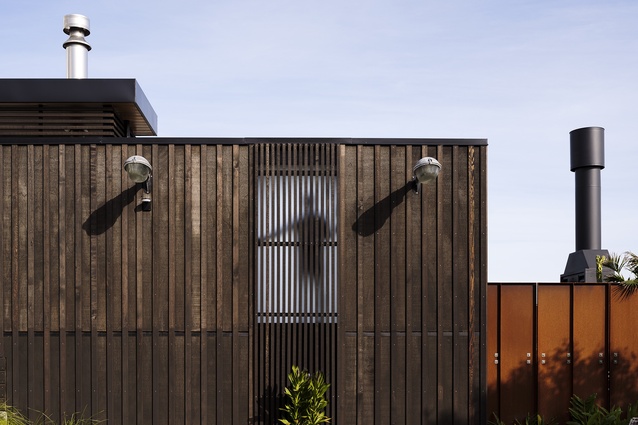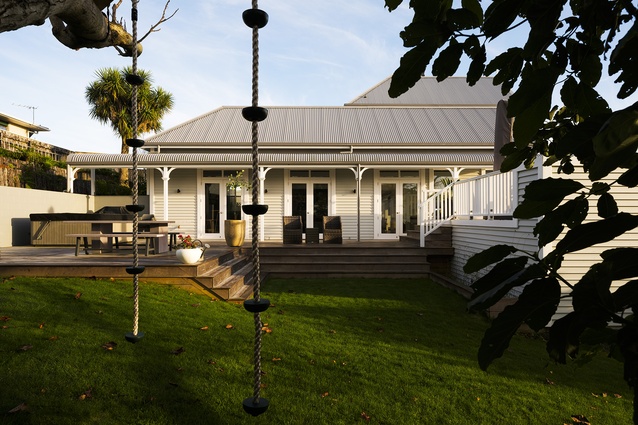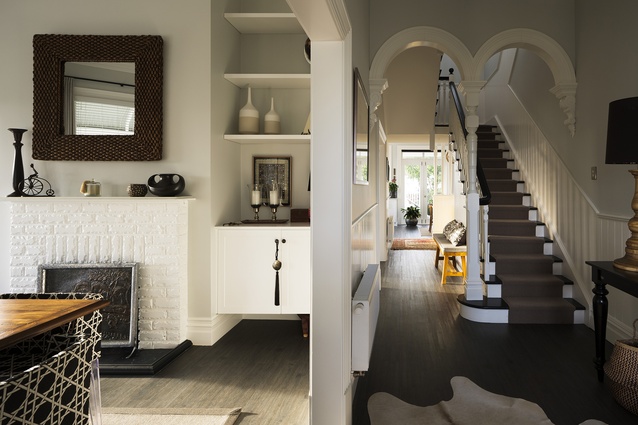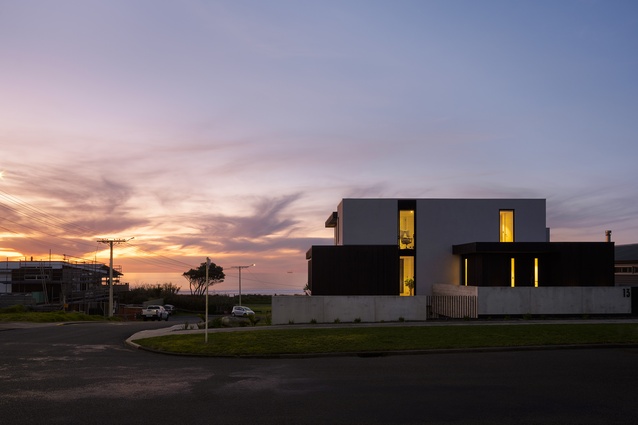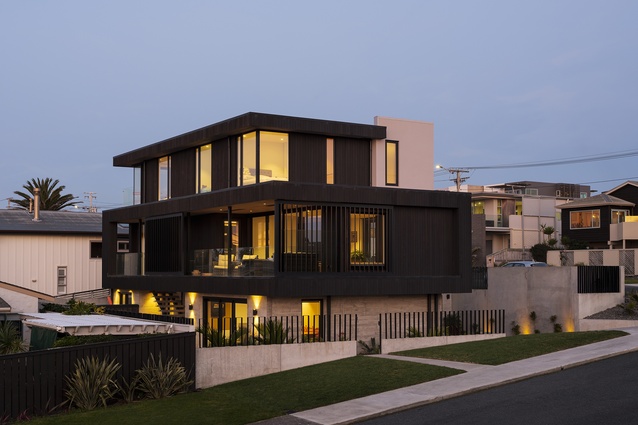A tale of three houses: Gibbons Architects
Though not the fastest growing regional centre in the country, New Plymouth is certainly up-and-coming. Dare I say that this once industrial hub is becoming hip? The town centre is full of trendy accommodation and food and beverage offering. And, the architecture is following suit. We last caught up with the husband and wife duo behind Gibbons Architects, Brady and Sarah, in 2019, about making the move to the Taranaki region with their young family after returning from overseas in 2013.
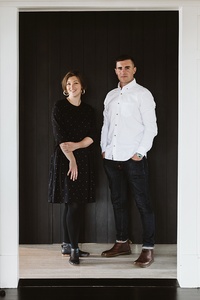
Today, nearly seven years since founding the firm and the work hasn’t slowed down. “We got in to hospitality maybe three years ago, just through a chance meeting with one of the bigger players locally,” Brady says, “But residential still accounts for around 80 per cent of our workload. It’s always been the backbone.” Cost of living, housing shortages and traffic are a few anecdotal reasons that more and more people seem to be leaving the cities in favour of smaller regional centres, and New Plymouth is no exception.
Residential architecture in the region is as diverse as the clientele. “A lot of our clients either come to us through builders or are builders themselves, so projects are really tailored around how we can deliver what they need, not just in terms of design but also the process,” Brady says. “No project is ever the same, no client ever wants the same thing. It’s really about listening to what the client wants and trying to read in between the lines to give them a solution.”
In three Gibbons Architects projects recently photographed by Jason Mann, we see the breadth of this design diversity. The NZIA Award-winning Hamblyn House stands out as a modern construction with an industrial material palette and boxy forms. Whareora is an alteration and addition to a historic villa that maintains the traditional aesthetic. And the Pendarves House blends the two with a timber and steel clad extension to a weatherboard villa.
Brady says the Hamblyn House took a more traditional approach to designing a new home, taking into consideration the robustness of the materials and the accessibility of the home, and creating a bespoke solution to the client’s situation. “Whereas with [Whareora], everything was centred around trying to be in keeping with the old house while creating a modern, liveable family space.”

The Pendarves House was for clients that are behind much of the booming hospitality scene in New Plymouth and “they had quite a specific taste and process that we knew from working with them on their hospitality ventures”, Brady notes.
There is often talk about whether there is a specific New Zealand vernacular when it comes to housing. Is there a knack to designing a Taranaki house? Brady explains that, much like in other parts of the country, the type of sites that arise somewhat dictate the designs that emerge. “With a lot of the housing down near the coast, everyone wants to raise up as high as they can to make the most of the views. So, you often end up with that ‘wedding cake’ stack effect.”
“The thread that runs through it all is being true to what the client wants,” Brady says. “Also because of the climate challenges we have here with the weather and the wind, there’s a need for a robustness to housing to withstand that. That is another that connects these three houses is how they connect to the landscape and using that to create spaces that adapt to the weather.”
Pendarves House
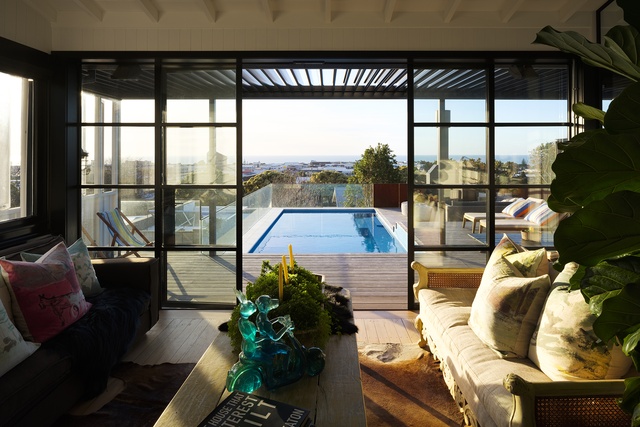
This house has been refurbished in stages, starting with the interiors. “It’s got quite an industrial style that works with that ‘Taranaki vernacular’,” Brady says. You can see the owners’ hospitality backgrounds seep into the design of the inside and outside “There’s a raw and honest use of materials and even a bit of taxidermy.” The natural timbers and steel on the outside will weather with time, giving an even more rugged look. The addition was all about connecting to the landscape. “There’s a transition from the inside to the sunroom area, then the upper pool deck and the lower pool deck,” all the while retaining the view. “It’s a series of steps going from the inside all the way out to the city and then down to the sea and the horizon.”
Whareora
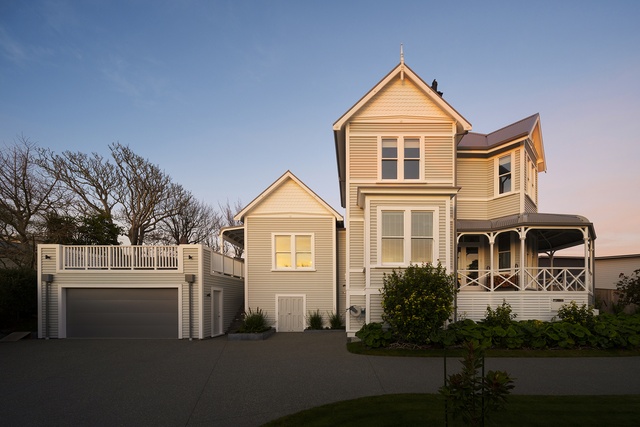
This villa is over 100 years old and had a series of refurbishments done to it before landing on the Gibbons’ drawing board. The design took care to blend into the look and feel of the original gabled villa. “The house itself was pretty decrepit and a later-added lean-to at the back was just terrible and leaky. I remember walking up to the door with the owners and they said: welcome to the money pit,” Brady says. The refurbishment was extensive but the outcome is a seamless transition from old to new. “We created a lot of nice family spaces where they can hang out with their teenage boys and also created a connection with the outside.”
Hamblyn House
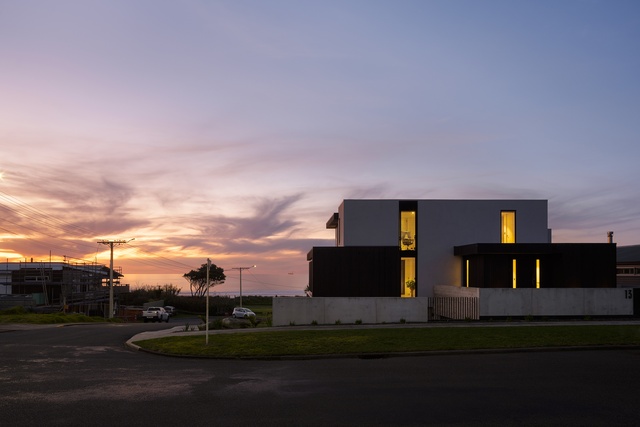
“This was one of our very first projects,” Brady says. “Sarah and I started drawing it when we were still working out of her parent’s house, set up in a bedroom upstairs.” Despite how looming the house appears, the site is actually only 300 square metres. Brady explains that you’re typically only allowed to build on 40 per cent of the site, but because there was an existing house that took up more space, they were able to take up more. “You can see the wedding cake nature of the design with this house. We were very conscious of how the volume steps back [as you go higher], but we wanted to soften the stacked look by connecting the volumes and levels together vertically with materials.”
See more at gibbonsarchitects.co.nz.



